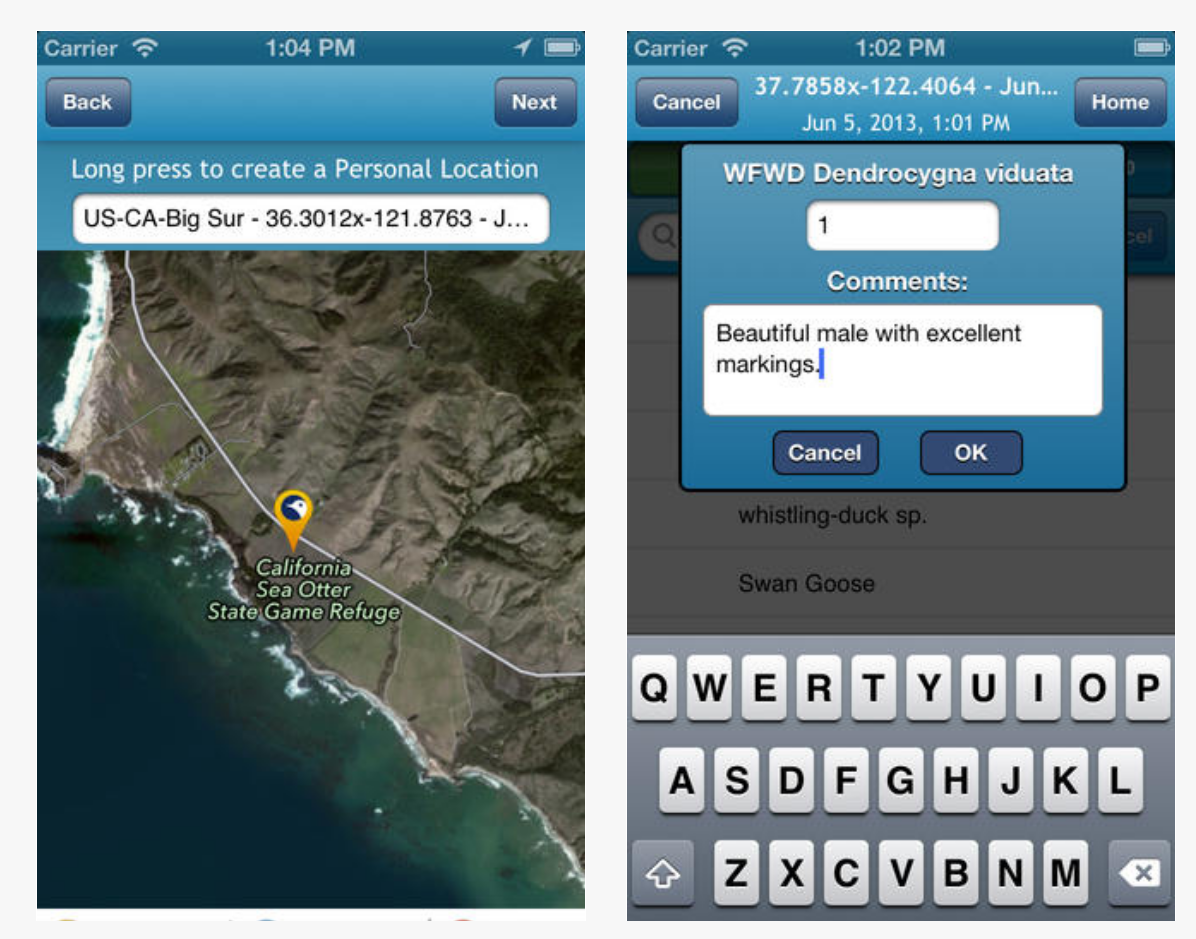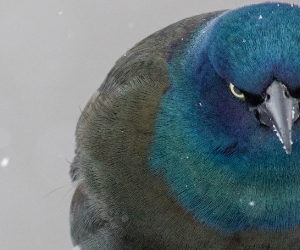eBirding – tools to help birders to bird better
Many birders keep lists of their sightings, life lists, year lists, local patch lists, garden lists etc and traditionally they have kept their records in notebooks, spreadsheets or in one of the several proprietary databases on the market. More and more birders however are now keeping their life lists on-line at eBird where they can combine simple personal record keeping with the knowledge that every sighting they add to this international database becomes available to help scientists working on population studies of birds. Citizen science, in fact at its most useful. The eBird computers live at the Cornell Laboratory of Ornithology in New York while the gateway to eBird-Canada is managed by Bird Studies Canada.
In return, eBirders get access to the database to look up information about the birds and the birding sites that interest them. Now, with the growing popularity of smartphones, tools have become available that allow us to interact ever more closely with this massive database while we are out in the field actually looking at the birds.
There are two smartphone ‘apps’ that will interest birders, both produced by the eBird people.
The first is called BirdLog. It allows birders to record their sightings in the field with just two or three touches of the smartphone screen and then to upload the sightings, complete with accurate latitude and loingitude coordinates, to eBird to be added to their database and also to your life list. This is especially useful if you are travelling between birding sites as it helps you to keep and report from each place you stop.
The second ‘app’ is called BirdsEye. It has been around for a couple of years but now the team behind it have just released a new and much more capable version which you may want to try out.
If you are not familiar with this app you have a treat awaiting you. As soon as you start it up, it uses the location capability of your phone to mark where you are and then, using real-time information downloaded from the eBird computers, tells you what birds have been seen recently nearby, which of them are rarities and – the clincher – which of them you don’t have on your life list and might want to look for. It even shows you on a map where the birds of interest have been seen and when they were seen. Armed with this information any birder can head off to find the really interesting birds without wasting time with the more common species.
Click here to see a demo video of the BirdsEye Smartphone App.
Add to this the provision of abundance graphs and sound recordings for each species. There are versions that work in most countries in the world so it’s great for travelling. It’s main features (this list is taken from their website) are:
✔ You can discover which bird species are in your immediate area right now.
✔ It provides monthly abundance graphs which indicate which birds are most likely to be seen in your area at different times of the year.
✔ It helps you to find Birding Hotspots and to locate unusual species – especially useful when you are away from home.
✔ It synchronises with your eBird life list and it can help you fill in the gaps in your lists. It Easily filters for only those birds in your area that aren’t already on your list.
✔ You can carry your eBird checklists with you
✔ It connects to Wikipedia and Flickr from within BirdsEye to give you more information on your sightings
✔ Most species have photos and sound recordings of songs and calls.
Using these apps has transformed my birding. Quite apart form everything being lighter and more compact I have instant access to so much more information and I can share it with those who care and are interested.
Why don’t you try it out? You will be doing yourself and bird science a favour.
We would like to thank guest blogger Richard Gregson for this post. Richard is a biologist from England who has been living in Quebec since 1998. Although recently retired, Richard is busy as President of Bird Protection Quebec, a director of the Friends of the Morgan Arboretum, works with the McGill Bird Observatory and he maintains the website for Green Birders.




